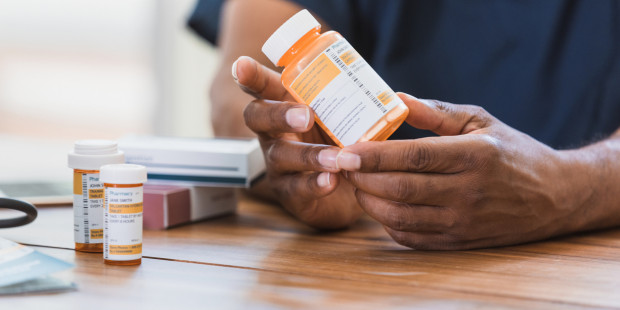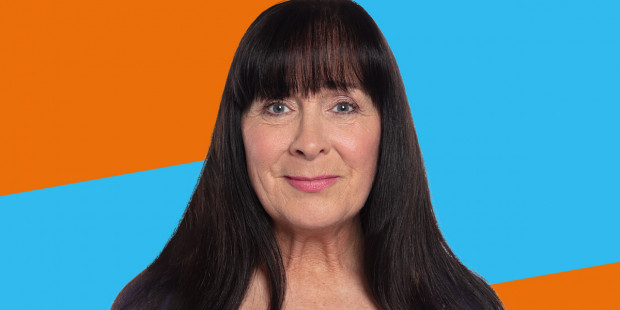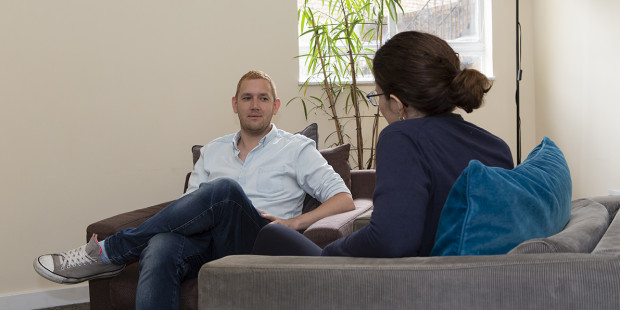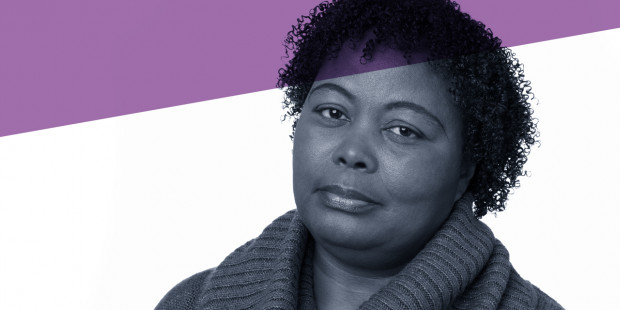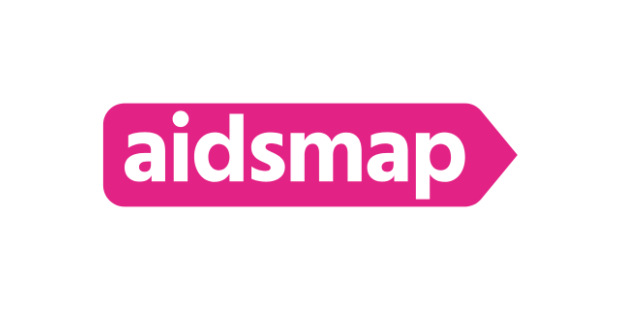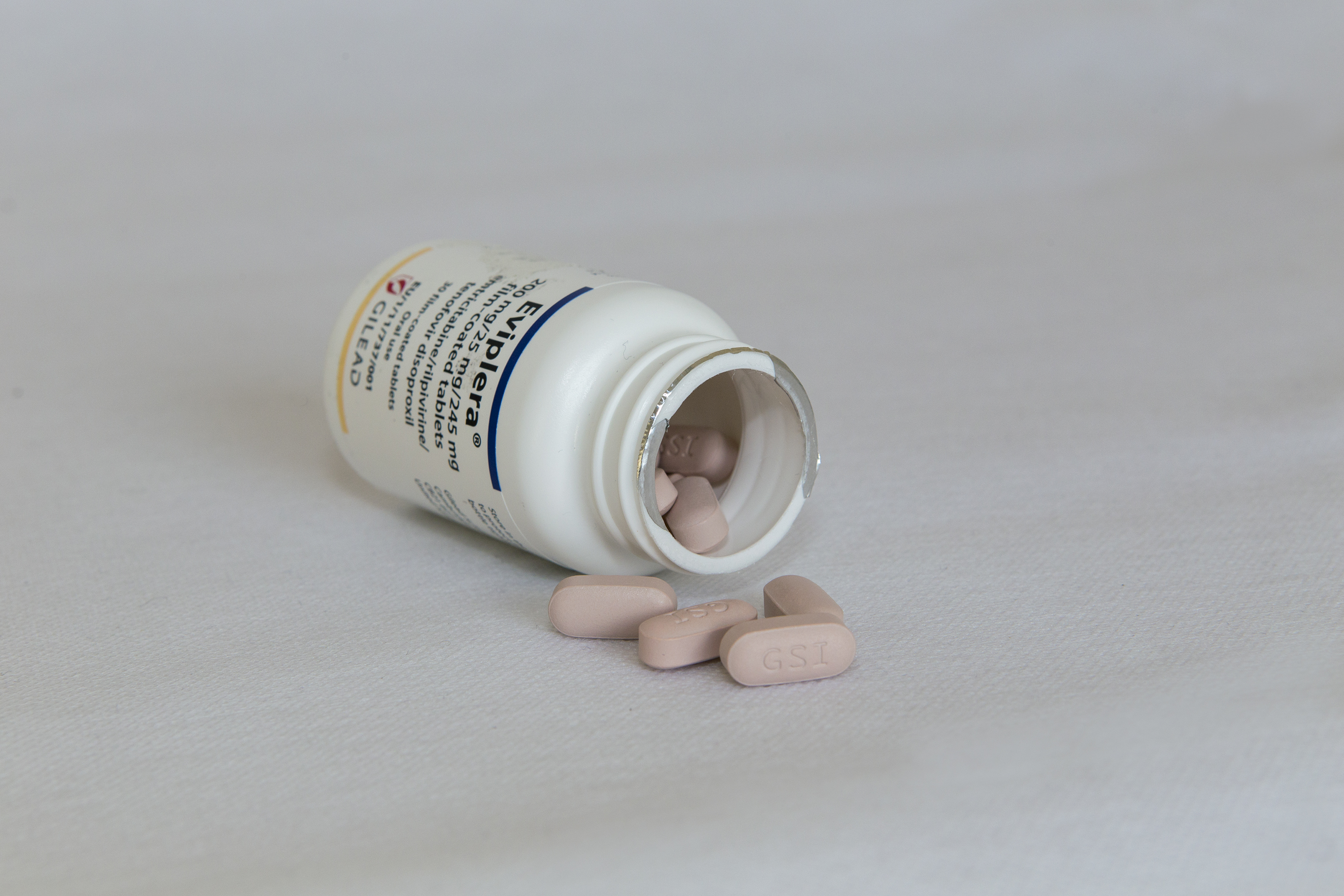
How HIV treatment works
HIV treatment does not cure HIV, but it stops the virus from reproducing in your body. It can reduce the amount of virus in the blood to undetectable levels, meaning that you cannot pass on HIV.
Treatment with anti-HIV drugs is sometimes called combination therapy because people usually take three different drugs at the same time – often combined into one tablet.
It's also known as antiretroviral therapy (ART), or highly active antiretroviral therapy - HAART for short.
When to start HIV treatment
It’s now recommended that everyone diagnosed with HIV starts treatment straight away after being diagnosed.
In the UK, national guidelines set out standards for HIV treatment. They currently recommend that anyone with HIV who is ready to commit to treatment should start it regardless of their CD4 count (a measure of the health of your system).
The START study
The UK guidelines reflect the findings of the START study.
This study found that people who delayed treatment until their CD4 count dropped to 350 –when people were previously advised to start treatment – had a significantly higher chance of developing AIDS-related illnesses such as cancers.
Starting treatment will reduce your viral load to undetectable levels and protect your health. Early diagnosis and treatment means people living with HIV can expect to live as long as the general population.
‘Effective’ HIV treatment
We're using the term effective treatment to mean that someone is taking their treatment as prescribed and has an undetectable viral load.
The Partners PrEP study found that there remains a transmission risk for the first six months of treatment, as the HIV positive partner's viral load takes time to come down.
That's why effective treatment means someone has been taking it as prescribed for at least six months and has an undetectable viral load.
What is an undetectable viral load?
The aim of HIV treatment is to make you undetectable. This means that your viral load (the level of HIV in your blood) is so low that it can’t be detected by the tests used to measure it.
Different laboratories may have different cut off points when classifying an undetectable viral load. However, most clinics in the UK classify undetectable as being below 20 copies/ml.
When you're on effective treatment and have an undetectable viral load, you cannot pass on the virus and HIV is not able to damage your immune system.
A large study called PARTNER looked at 888 gay and straight couples (and 58,000 sex acts) where one partner was HIV positive and one was HIV negative. Results found that where the HIV positive partner was on treatment and had an undetectable viral load, there were no cases of HIV transmission whether they had anal or vaginal sex without a condom.
A follow-up study PARTNER 2 also reported zero transmissions after almost 800 gay couples had sex more than 77,000 without condoms.
Types of HIV treatment
Over 25 anti-HIV drugs are now available, divided into six classes of drugs. Each class works against HIV in a particular way. The vast majority of people with HIV are put on a fixed dose combination pill.
Guidelines recommend several combinations, each best suited to specific health needs and lifestyle. The most important part of treatment is to take all your drugs in the right way at the right time, which is known as adherence.
The classes of anti-HIV drugs are:
- Nucleoside reverse transcriptase inhibitors (NRTIs or ’nukes’).
- Nucleotide reverse transcriptase inhibitors (NtRTIs).
- Non-nucleoside reverse transcriptase inhibitors (NNRTIs or ‘non-nukes’).
- Protease inhibitors (PIs).
- Fusion and entry inhibitors.
- Integrase inhibitors.
Deciding what type of HIV treatment to take
Treatment guidelines [PDF] have been developed by the British HIV Association (BHIVA), the organisation for specialist HIV doctors in the UK. They set out the medical treatment people living with HIV in the UK should receive.
These guidelines recommend that everyone with HIV, regardless of their CD4 count, should start treatment immediately, usually with three anti-HIV drugs.
For people who have not been on HIV treatment, it’s recommended to start on a combination containing two NRTIs and either a ritonavir-boosted protease inhibitor, an NNRTI, or an integrase inhibitor.
The preferred NRTIs for starting HIV treatment are emtricitabine (brand name Emtriva) and tenofovir disproxil (Viread), also available combined in a pill called Truvada. These drugs are available combined with efavirenz in a pill called Atripla; combined with rilpivirine in a pill called Eviplera; or combined with elvitegravir and cobicistat in a pill called Stribild. Two other NRTIs, lamivudine and abacavir (combined in a pill called Kivexa), are an alternative for some people.
The guidelines recommend taking a third, additional drug, which is usually one of the following: atazanavir (Reyataz), darunavir (Prezista), raltegravir (Isentress), dolutegravir (Tivicay), rilpivirine (Edurant) or elvitegravir (Vitekta). Atazanavir and darunavir are boosted with another protease inhibitor, ritonavir (Norvir) to increase their levels in the body. Elvitegravir is boosted by a drug called cobicistat (Tybost) and is usually prescribed in the combination pill called Stribild. An alternative third drug to the preferred options is efavirenz (Sustiva).
What if I have another illness or a co-infection?
You may have a co-infection (such as hepatitis B or C or tuberculosis) or another illness such as cardiovascular disease, HIV-related cancer, chronic kidney disease or HIV-associated neurocognitive impairment.
In these situations your doctor may need to tailor your antiretroviral treatment or treat your other condition before starting your HIV treatment. This will be explained to you by the clinicians looking after you.


